Happy New Year and welcome to our first blog of 2022.
We are delighted to hand our blog over to a special guest contributor this month! Writer Emily Henry works at Academized and Essay Services. Emily writes about plants and wildlife. She is also a tutor at OX Essays
Bees are responsible for pollinating all kinds of plants – trees, flowers, and everything in between. Whilst bees tend to be drawn to most flowers, they do have their favourites. Some flowers have unique qualities that bees deeply enjoy. And, believe it or not, you might have one of these flowers in your own garden.
Here are the top 12 wildflowers that most attract bees:
Daisy
Daisies are designed in a way where they offer a unique way for pollinators like bees to get to the pollen and nectar. Besides their light scent and bright colors attracting bees, the head of the daisy is the most attractive. The single flower head on a daisy is made of the ray flower part and the center disc. While the ray flower part doesn’t produce any pollen, the center disc does, since the disc is made up of tiny flowers. So, the ray flower acts as a landing pad for bees, when they need to get to the pollen.
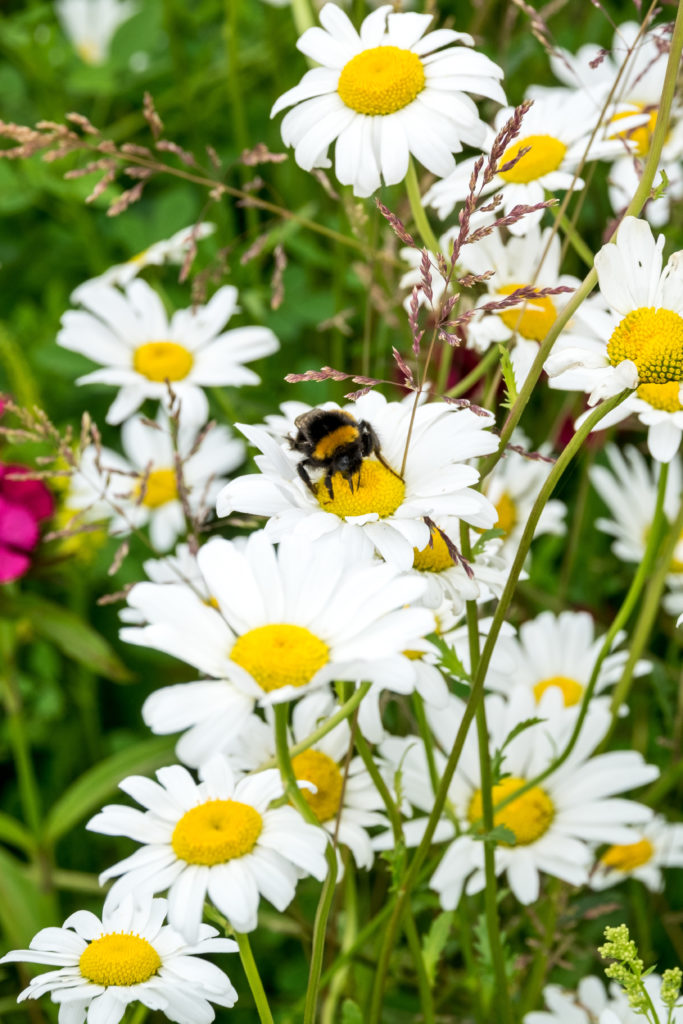
Meadow Buttercup
“Meadow buttercups are beautiful to have in the garden,” says Jasmine Brooks, gardening blogger at Boom Essays and Paper Fellows. “They’re like little drops of sunshine to those who find them, including bees. Often found in damp places on grassland, and in parks and gardens, these buttercups flower mainly between the months of May and August. These flowers are ideal for long-tongued bees, because these bees can reach the food with their tongue with ease.”
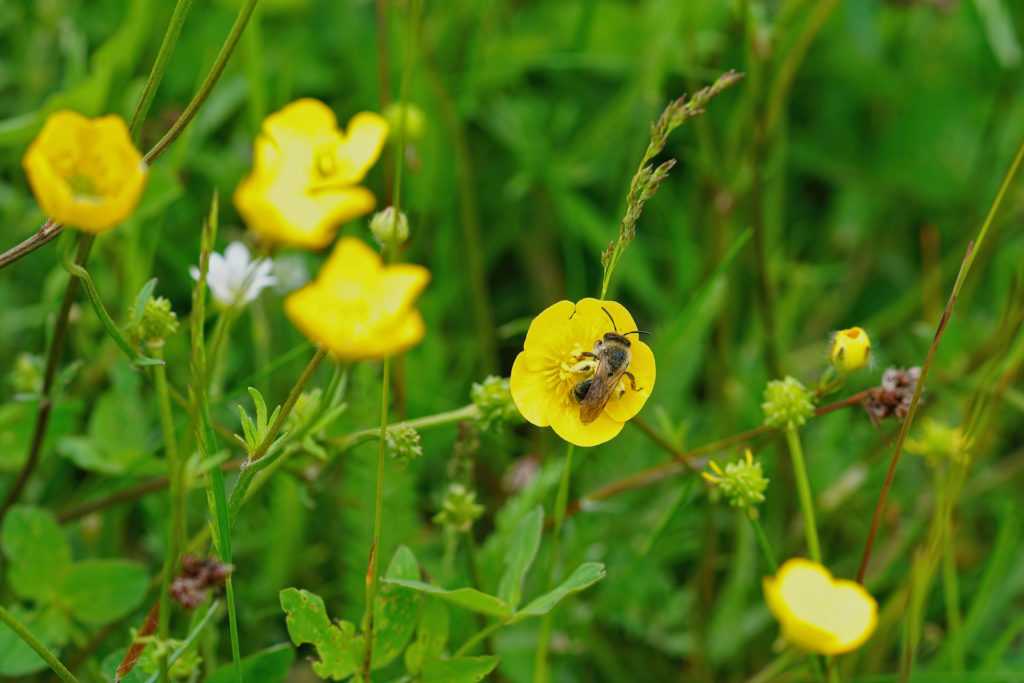
Meadow Vetchling
Dawning yellow flowers, the meadow vetchling is a member of the pea and clover family (legumes). They’re often see in places like waste ground, roadside verges, and rough grassland. Appearing between May and August, they can attract pollinators like bees and wasps.
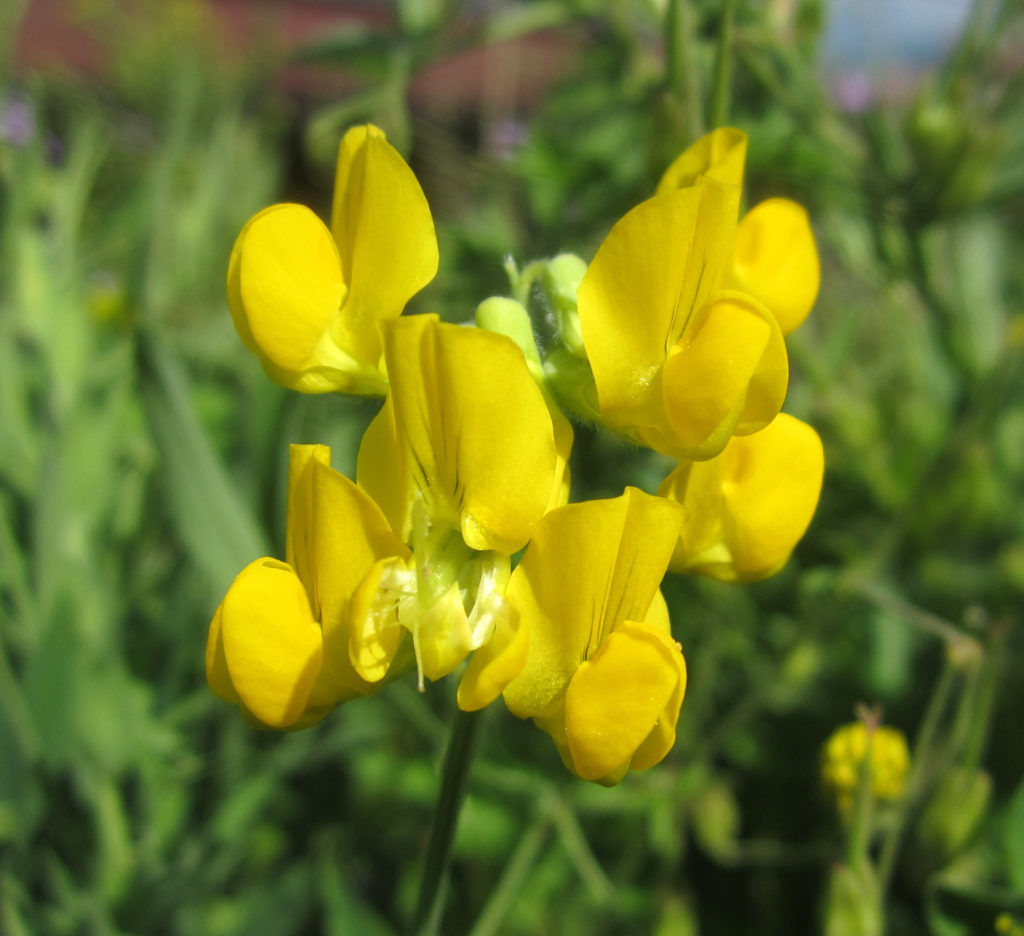
Common Sorrel
Common Sorrel is a culinary flora that can attract pollinators. Now, while this flora attracts mainly butterflies, bees may come and visit every once in a while. Plus, the wind makes it easier for pollinators to move the pollen from one place to another. You can find this plant in meadows, woodlands, and roadside verges.
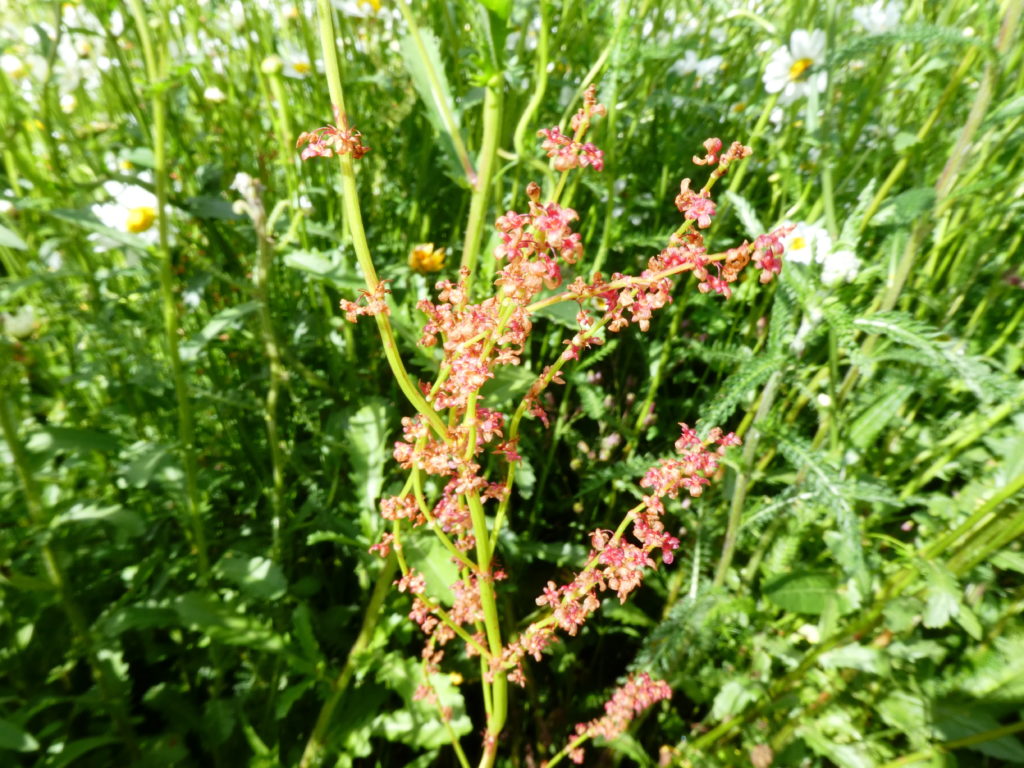
Clover
Unlike the other flowers on this list, clovers commonly grow in most grassy areas. Your lawn or garden will probably have a patch or two of clovers. This wildflower ranges from an off-white pale variation, to a bubblegum pink color. Weaker bees benefit from clovers because they are easier to access. So, if you are able to handle leaving a patch of clovers in your garden for struggling bees, they will be thankful.
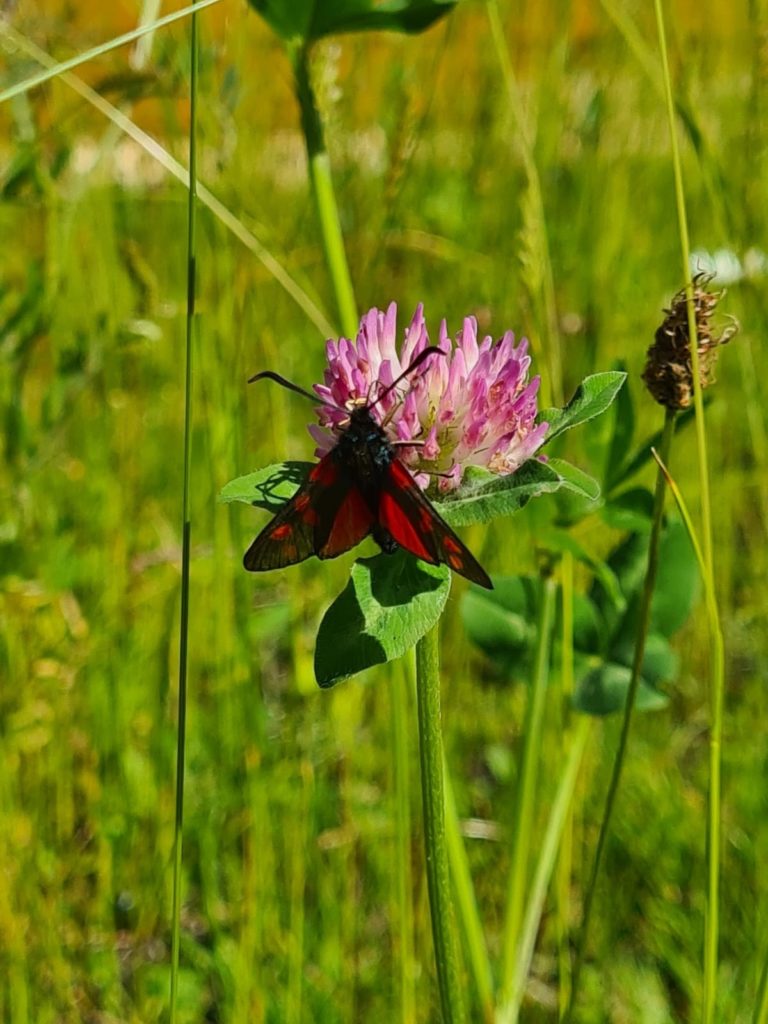
Black Medic
Black medic is packed with flavor, from its seeds to its leaves. This flavour also attracts bees. Not only can bees pollinate from these plants, but they can also use the flavour to make their honey more flavoursome.
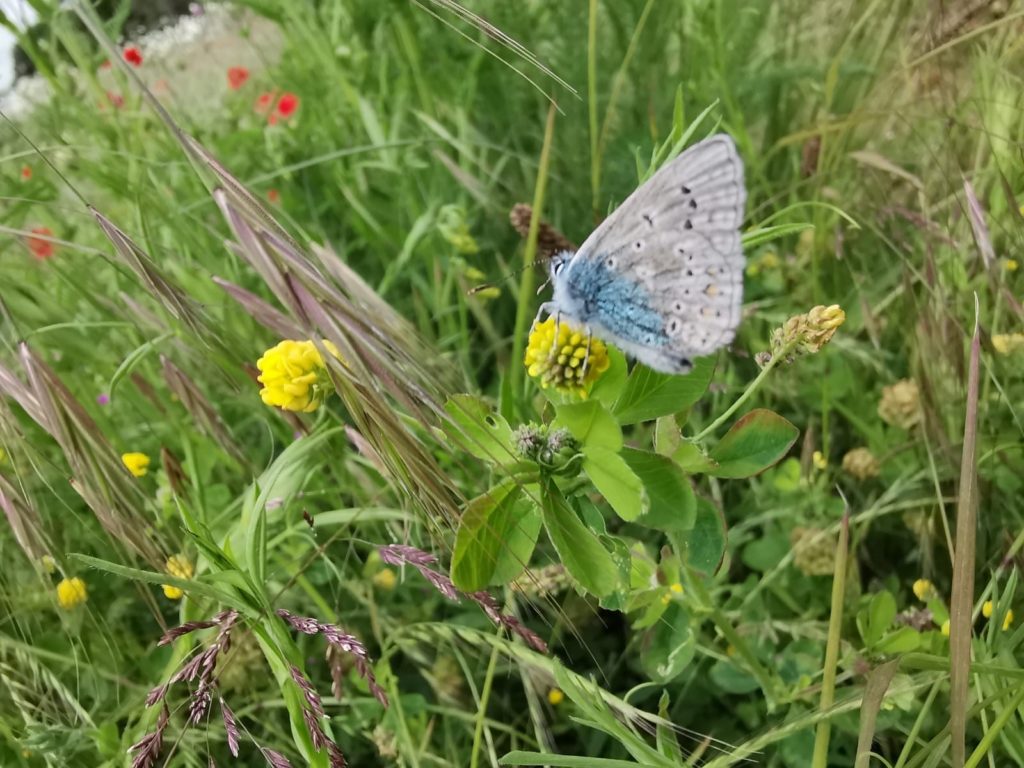
Self-Heal
Self-heal is rich in nectar, which is a major plus for bees. Visiting honeybees can help themselves to the plentiful nectar and pollen, which helps them pollinate plants, and maintain their honey business in their hives. Despite being thought of as a nuisance in lawns, it can be a haven for bees!
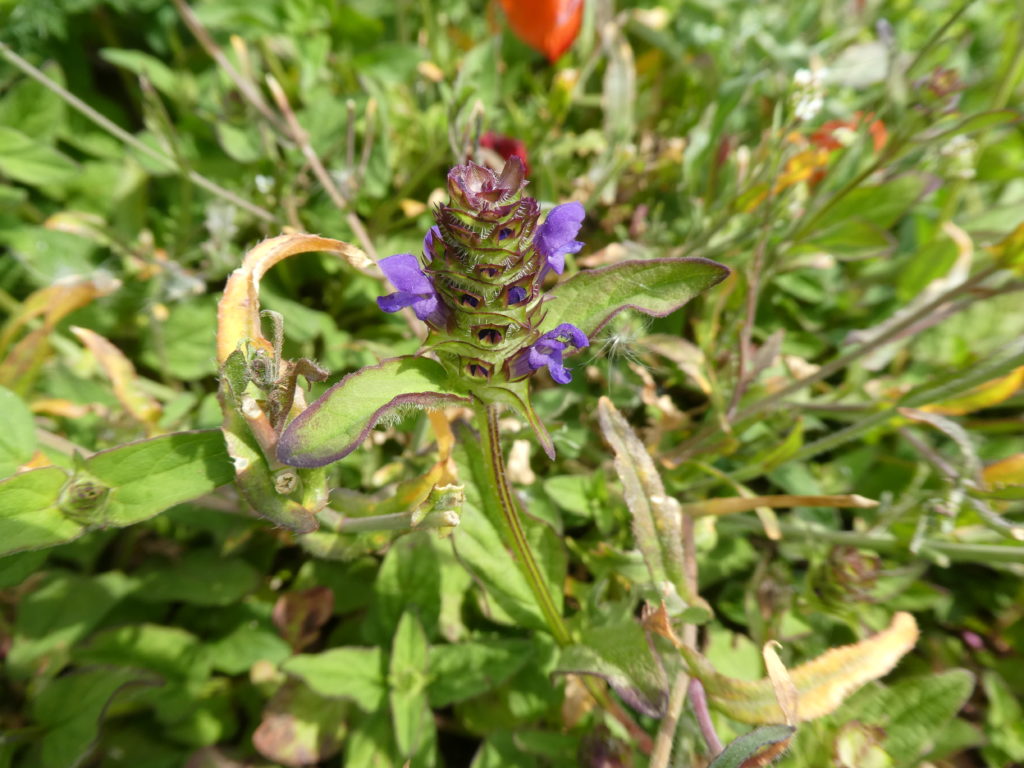
Cowslip
Cowslip has funnel-shaped and hanging flowers on top of a stalk. The plant might produce orange or red flowers on different occasions. Blooming between April and June, cowslip is a good source of pollen and nectar for bees, butterflies, and even moths.
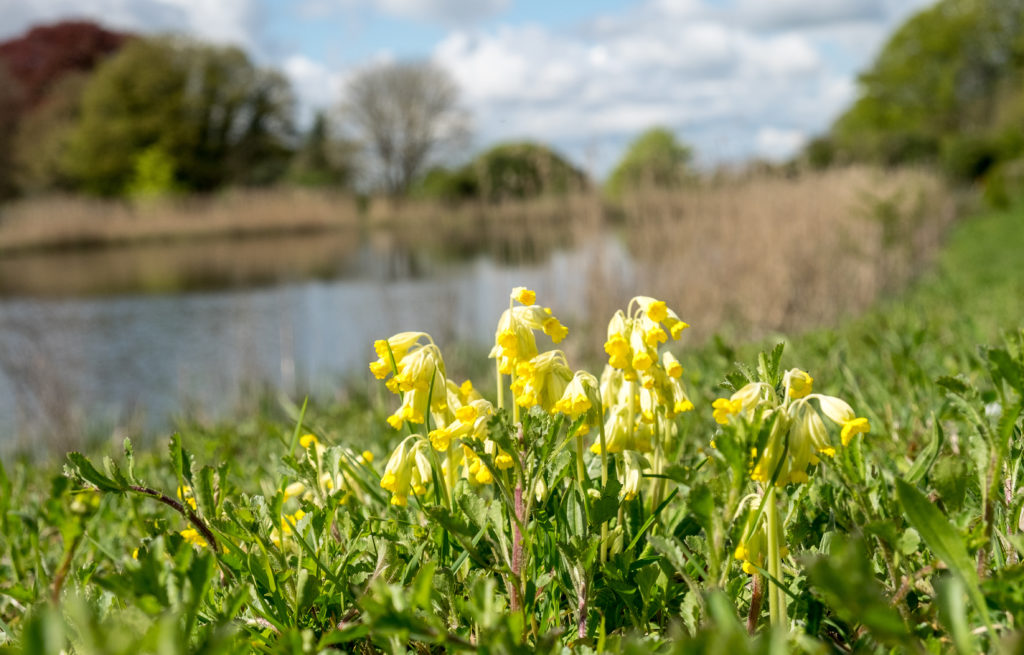
Musk Mallow
“Musk mallow is often colorful and magnificent in appearance,” says Kevin Wheeler, writer at Essayroo and State Of Writing. “This flower benefits both pollinators and gardeners. While giving gardens better appeal, bees can enjoy the pollen and nectar whenever they see the attractive colors. Plus, while other pollinators like butterflies may come and visit this flower, bees are the main visitors of this bloom.”
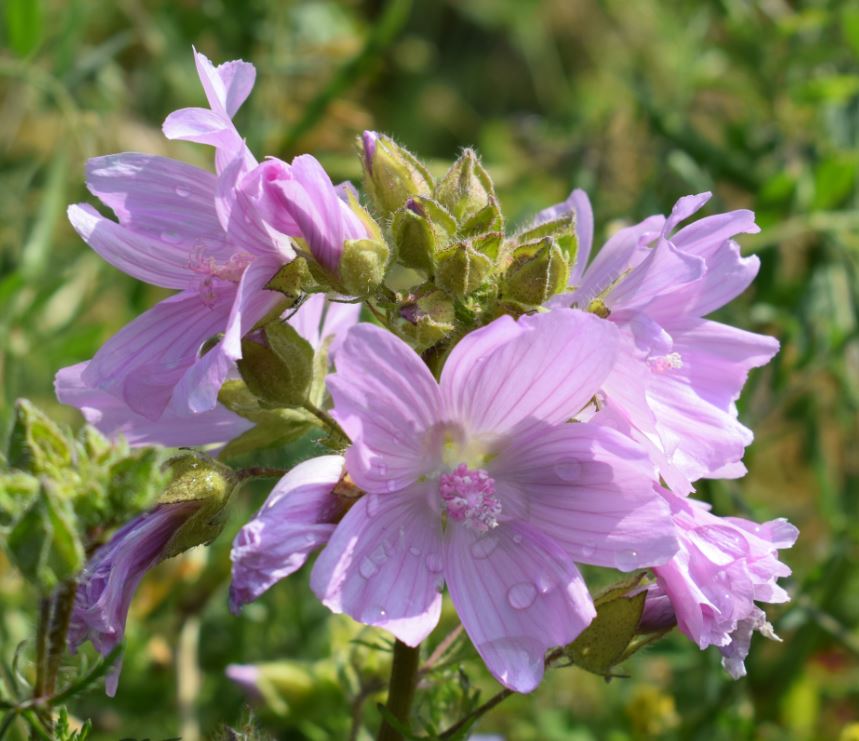
Red Campion
The red campion is another unique flower for bees. Despite its semi-evergreen appearance, the plant bears delicate pink flowers for bees to come and pollinate. This plant is often low-maintenance; therefore, having it in your garden would pose no problems.
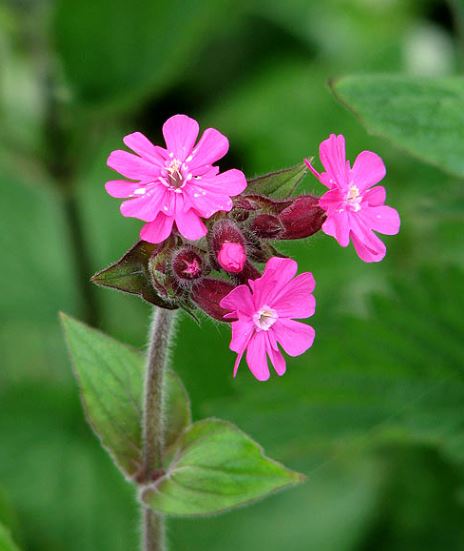
Bladder Campion
Another flower in the campion family (and also part of the Pink family), the bladder campion is a perennial white wildflower with waxy, blue-green leaves. Between May and September, it blooms and grows to between 1 and 3 feet. You’ll find this plant grow in places like fields, meadows, grasslands, hedgerows, and roadside verges. Its nectar is rich, making it a desirable plant for bees to come visit.
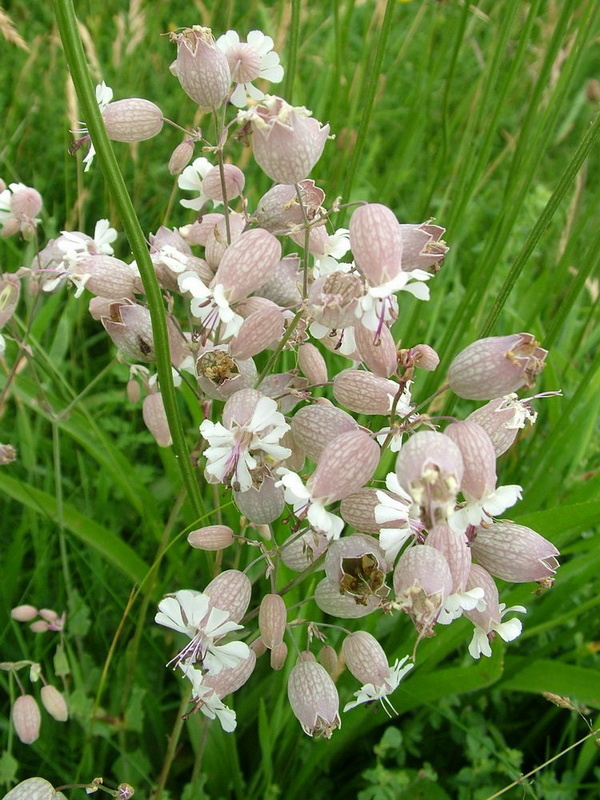
Common Knapweed
Finally, knapweed is a great flower for bees to visit. Rich in nectar, and blooms all the time, bees can enjoy their visits and use the pollen for pollinating other flowers and plants. This flower is especially popular among frequenting male red-tailed bumble bees.
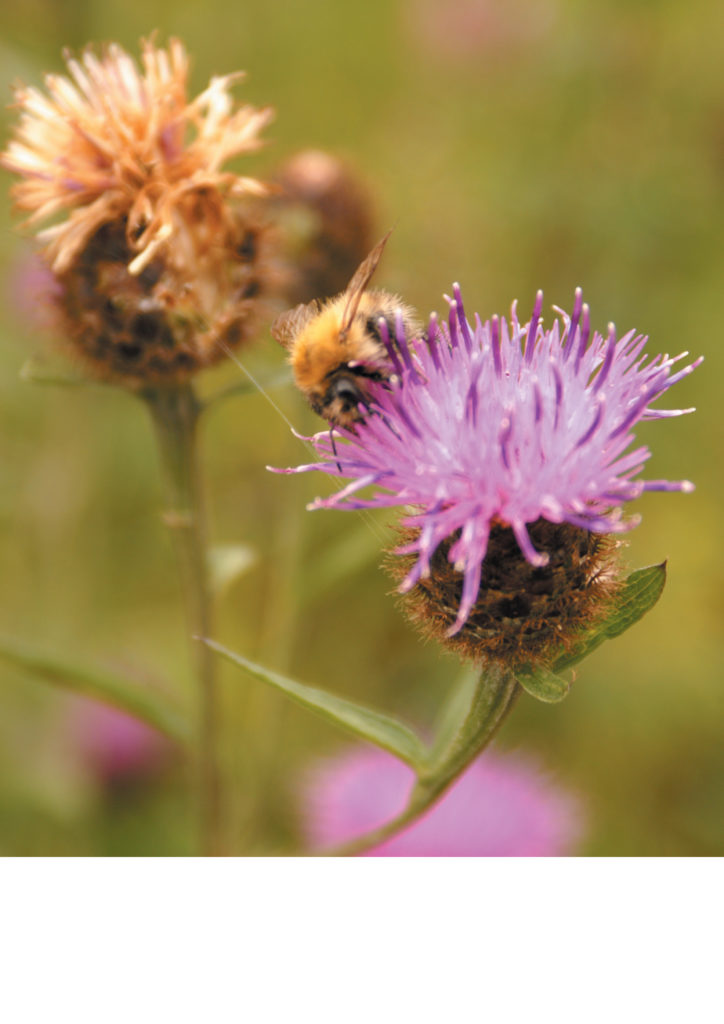
The Importance of Planting These Flowers
Bees are one of the most important organisms on our earth. They pollinate our food, produce honey, and help keep several ecosystems thriving. Without them, it will be challenging to live a sustainable life. We rely on bees to help grow produce; their pollination is what keeps plants alive and able to fully develop. In order to help bees access food, and be able to survive, planting these flowers is highly important. Even just adding multiples of one of these flowers into your garden will be beneficial to your local bee population.